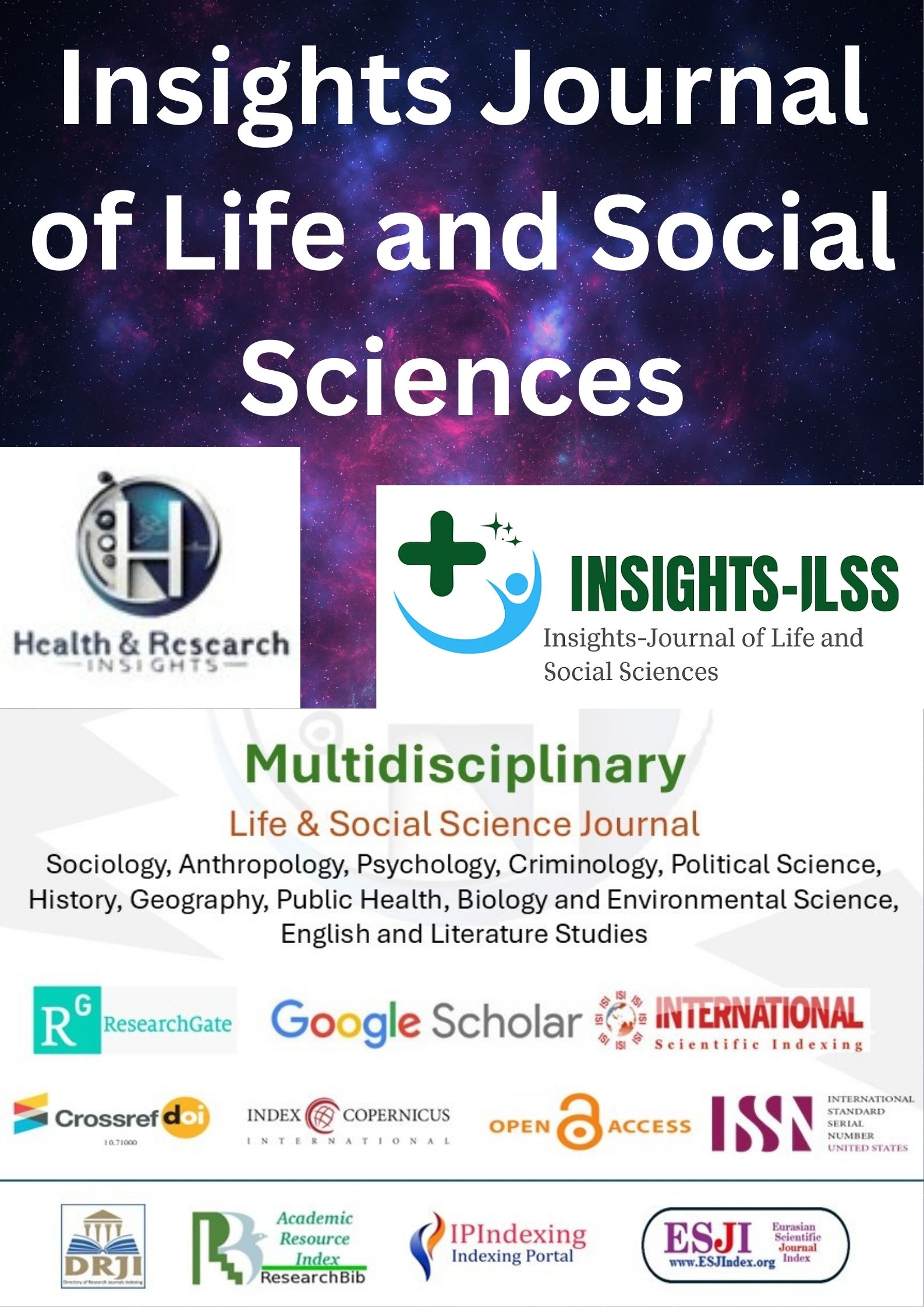COMPARISON OF AUTOLOGOUS ACTIVATED AND NON-ACTIVATED PLATELETS RICH PLASMA (PRP) ON FULL THICKNESS CUTANEOUS WOUND HEALING IN DOGS
Main Article Content
Abstract
Background: Cutaneous wound healing is a dynamic process involving hemostasis, inflammation, proliferation, and remodeling. Platelet-rich plasma (PRP), either in activated or non-activated form, has emerged as a promising therapeutic option due to its high concentration of platelets, growth factors, and bioactive proteins. These components exert antimicrobial, anti-inflammatory, and antioxidant properties that can accelerate tissue repair, reduce complications, and improve wound closure.
Objective: This study aimed to compare the therapeutic efficacy of activated and non-activated autologous PRP in promoting cutaneous wound healing in clinical dogs.
Methods: Twelve dogs of local breed, aged 1–5 years and weighing 40–50 kg, with naturally occurring cutaneous wounds were enrolled and divided equally into two groups. Group A received 5 mL of activated PRP, while Group B received 5 mL of non-activated PRP, infiltrated subcutaneously at the wound center and edges on day 0 and repeated weekly for three weeks. Wound healing was evaluated macroscopically for edema, exudation, coloration, temperature, healing status, and cosmetic appearance, while histopathological samples were collected on days 7, 14, and 21 to assess inflammation, fibroblast proliferation, and granulation tissue. Hematological parameters (RBCs, WBCs, PLTs, PCV) and oxidative stress markers (CAT, MDA) were also analyzed.
Results: By day 21, five of six animals in Group A achieved ideal healing status with excellent cosmetic appearance, compared to three of six in Group B. Platelet counts were significantly higher in Group A on day 21 (197.33 ± 3.89 vs. 190.00 ± 4.10, P=0.003), and PCV was also elevated (35.48 ± 2.33 vs. 32.62 ± 0.45, P=0.001). Catalase activity declined in both groups, while MDA increased after week one but decreased thereafter, with significantly lower levels in activated PRP-treated wounds. Histopathology revealed reduced neutrophilic infiltration and greater fibroblast proliferation in Group A compared to Group B.
Conclusion: Activated PRP demonstrated superior efficacy over non-activated PRP in enhancing wound healing in dogs, providing a safe and practical adjunctive therapy for cutaneous wound management in veterinary practice.
Article Details

This work is licensed under a Creative Commons Attribution-NonCommercial-NoDerivatives 4.0 International License.
